
Recommendation
In early March 2023, US regulators placed Silicon Valley Bank into Federal Deposit Insurance Corporation (FDIC) receivership after a bank run had caused the financial institution to fail. In an effort to mitigate financial contagion, regulators extended federal protection to all deposits, not only to those under the FDIC’s usual limit of $250,000. While providing much-needed stability and calming stakeholders, this action may have unleashed moral hazard into the marketplace. Professors Raghuram Rajan and Luigi Zingales explore the potential consequences of “riskless capitalism” in this astute essay.
Summary
About the Authors
Raghuram Rajan and Luigi Zingales are finance professors at the University of Chicago’s Booth School of Business.
Learners who read this summary also read
Report
Book
Book
Book





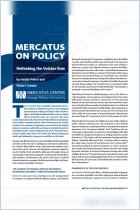
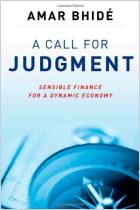
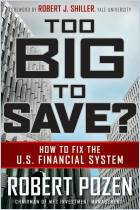
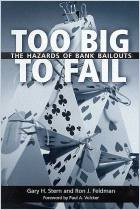

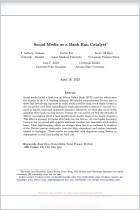




Comment on this summary